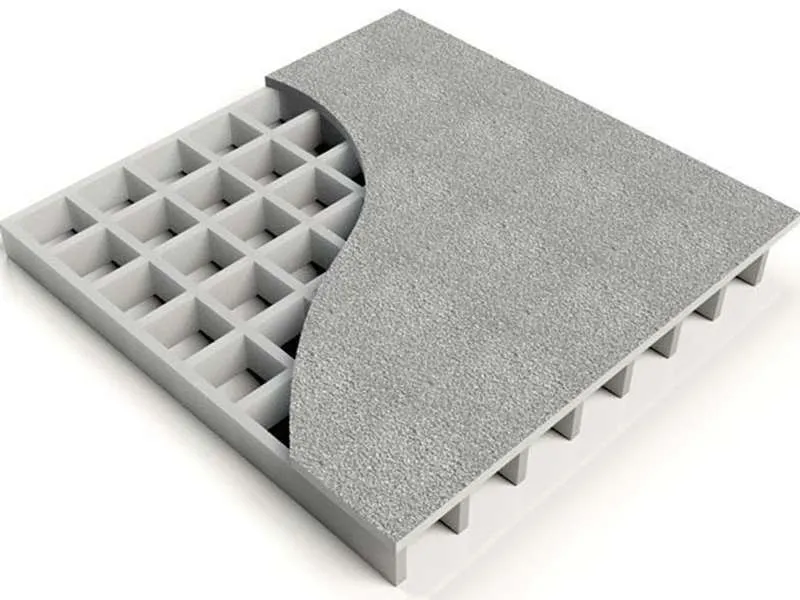
-
 Afrikaans
Afrikaans -
 Albanian
Albanian -
 Amharic
Amharic -
 Arabic
Arabic -
 Armenian
Armenian -
 Azerbaijani
Azerbaijani -
 Basque
Basque -
 Belarusian
Belarusian -
 Bengali
Bengali -
 Bosnian
Bosnian -
 Bulgarian
Bulgarian -
 Catalan
Catalan -
 Cebuano
Cebuano -
 China
China -
 China (Taiwan)
China (Taiwan) -
 Corsican
Corsican -
 Croatian
Croatian -
 Czech
Czech -
 Danish
Danish -
 Dutch
Dutch -
 English
English -
 Esperanto
Esperanto -
 Estonian
Estonian -
 Finnish
Finnish -
 French
French -
 Frisian
Frisian -
 Galician
Galician -
 Georgian
Georgian -
 German
German -
 Greek
Greek -
 Gujarati
Gujarati -
 Haitian Creole
Haitian Creole -
 hausa
hausa -
 hawaiian
hawaiian -
 Hebrew
Hebrew -
 Hindi
Hindi -
 Miao
Miao -
 Hungarian
Hungarian -
 Icelandic
Icelandic -
 igbo
igbo -
 Indonesian
Indonesian -
 irish
irish -
 Italian
Italian -
 Japanese
Japanese -
 Javanese
Javanese -
 Kannada
Kannada -
 kazakh
kazakh -
 Khmer
Khmer -
 Rwandese
Rwandese -
 Korean
Korean -
 Kurdish
Kurdish -
 Kyrgyz
Kyrgyz -
 Lao
Lao -
 Latin
Latin -
 Latvian
Latvian -
 Lithuanian
Lithuanian -
 Luxembourgish
Luxembourgish -
 Macedonian
Macedonian -
 Malgashi
Malgashi -
 Malay
Malay -
 Malayalam
Malayalam -
 Maltese
Maltese -
 Maori
Maori -
 Marathi
Marathi -
 Mongolian
Mongolian -
 Myanmar
Myanmar -
 Nepali
Nepali -
 Norwegian
Norwegian -
 Norwegian
Norwegian -
 Occitan
Occitan -
 Pashto
Pashto -
 Persian
Persian -
 Polish
Polish -
 Portuguese
Portuguese -
 Punjabi
Punjabi -
 Romanian
Romanian -
 Russian
Russian -
 Samoan
Samoan -
 Scottish Gaelic
Scottish Gaelic -
 Serbian
Serbian -
 Sesotho
Sesotho -
 Shona
Shona -
 Sindhi
Sindhi -
 Sinhala
Sinhala -
 Slovak
Slovak -
 Slovenian
Slovenian -
 Somali
Somali -
 Spanish
Spanish -
 Sundanese
Sundanese -
 Swahili
Swahili -
 Swedish
Swedish -
 Tagalog
Tagalog -
 Tajik
Tajik -
 Tamil
Tamil -
 Tatar
Tatar -
 Telugu
Telugu -
 Thai
Thai -
 Turkish
Turkish -
 Turkmen
Turkmen -
 Ukrainian
Ukrainian -
 Urdu
Urdu -
 Uighur
Uighur -
 Uzbek
Uzbek -
 Vietnamese
Vietnamese -
 Welsh
Welsh -
 Bantu
Bantu -
 Yiddish
Yiddish -
 Yoruba
Yoruba -
 Zulu
Zulu
grp grating
Understanding GRP Grating A Comprehensive Overview
Glass Reinforced Plastic (GRP) grating has gained significant traction in various industries due to its innovative design and numerous advantages. This composite material, primarily made of fiberglass and resin, offers a robust alternative to traditional metal and wooden grating options. The increasing popularity of GRP grating can be attributed to its unique properties that meet the demands of modern engineering and construction.
The composition of GRP grating involves embedding glass fibers in a thermosetting resin. This combination results in a material that boasts outstanding strength-to-weight ratios, making it ideal for industrial applications. One of the most notable features of GRP grating is its corrosion resistance. Unlike metal gratings that may rust or degrade when exposed to harsh chemicals and environmental conditions, GRP grating remains unaffected. This property is particularly beneficial in industries such as chemical processing, wastewater treatment, and marine applications, where exposure to corrosive substances is common.
Another significant advantage of GRP grating is its lightweight nature. This characteristic facilitates easier handling and installation compared to traditional materials. Construction crews can handle GRP grating more efficiently, reducing labor costs and time during installation. Moreover, the lightweight design does not compromise its structural integrity; GRP grating can support heavy loads while remaining lightweight, making it a robust solution for various flooring and walkways.
Understanding GRP Grating A Comprehensive Overview
The versatility of GRP grating is also worth noting. Available in various profiles, shapes, and colors, it can be tailored to meet the specific needs of different applications. Whether it’s for pedestrian walkways, drainage covers, or even platforms, GRP grating can provide the necessary support without compromising on aesthetic values. Its customizable nature allows for integration into various architectural designs, enhancing both functionality and style.
grp grating

Moreover, GRP grating is an environmentally friendly option. The production process emits lower levels of pollutants compared to traditional materials, and the longevity of GRP keeps it out of landfills longer than conventional materials. Its resistance to degradation means fewer replacements and repairs are required over time, contributing to a reduced environmental footprint.
In terms of maintenance, GRP grating offers significant benefits. Unlike metal grating that may require regular paint touch-ups to prevent rusting, GRP grating typically requires minimal upkeep. Regular cleaning with standard detergents and water suffices to maintain its appearance and performance, allowing companies to focus on their core operations without the burden of extensive maintenance tasks.
One of the industries experiencing a surge in GRP grating use is the renewable energy sector. With the increasing emphasis on sustainability, GRP grating is being used in wind farms, solar energy plants, and other facilities that prioritize eco-friendly practices. The compound’s resistance to various environmental factors, such as UV radiation and extreme temperatures, makes it an ideal choice for these applications.
In conclusion, GRP grating is a revolutionary material that effectively meets the demands of modern industries. Its unique combination of strength, lightweight properties, corrosion resistance, and safety features make it a preferred choice for many applications. As industries continue to evolve and adapt to new challenges, the reliance on innovative materials like GRP grating will undoubtedly increase. Organizations looking to enhance their operations while ensuring durability and safety should consider integrating GRP grating into their projects, as it presents a forward-thinking solution that aligns with contemporary engineering requirements.
In summary, the growth of GRP grating underscores a significant shift towards more sustainable, efficient, and robust materials in construction and industry. Its many advantages ensure it remains at the forefront of future innovations, continuing to support and improve safety, functionality, and eco-friendliness in various applications.









